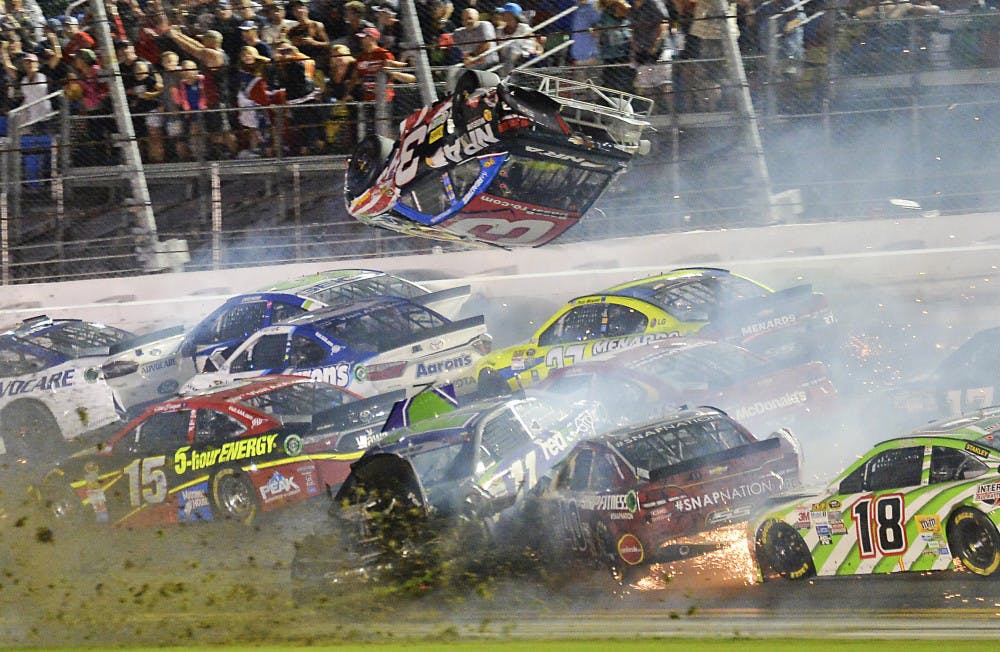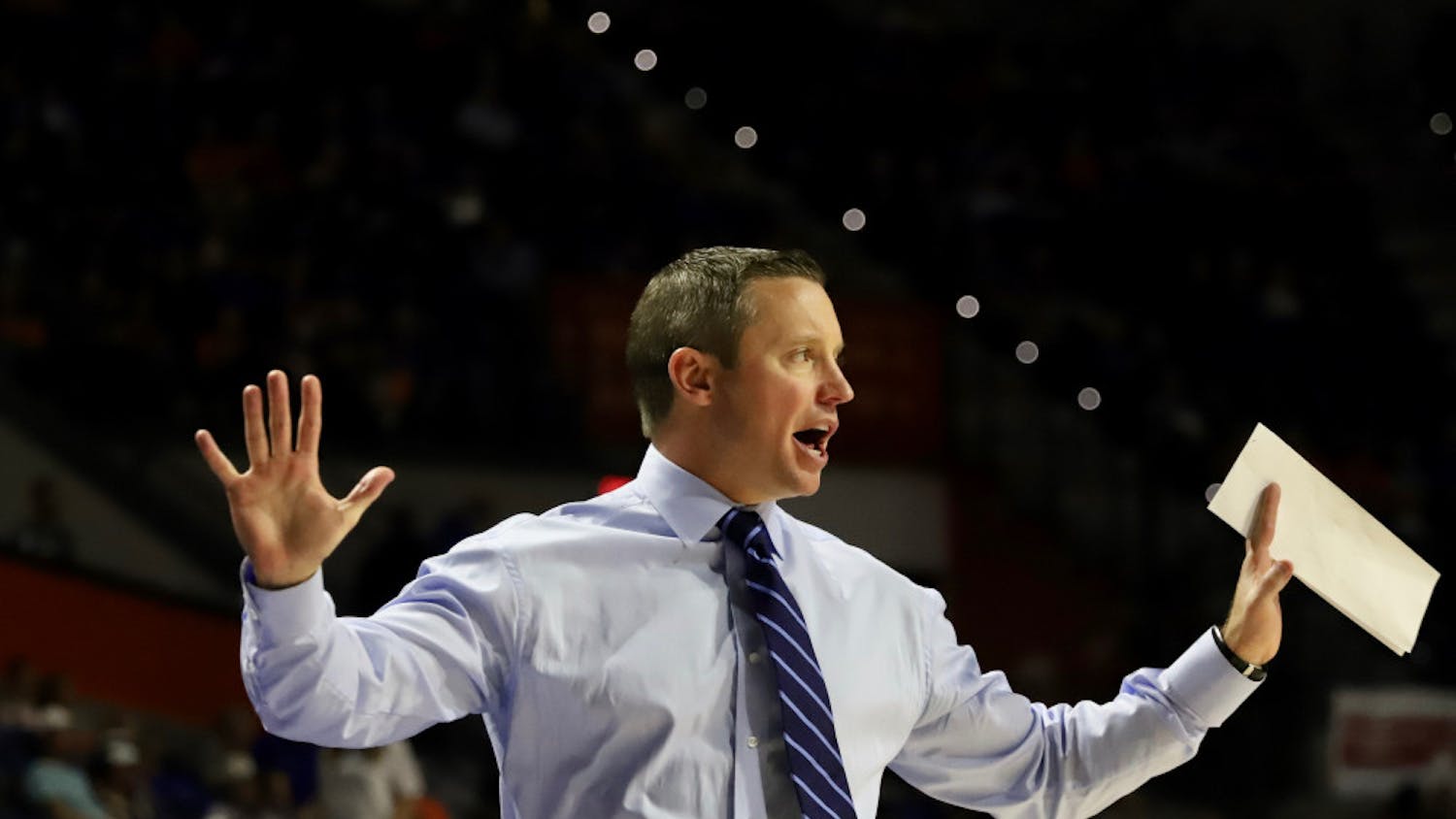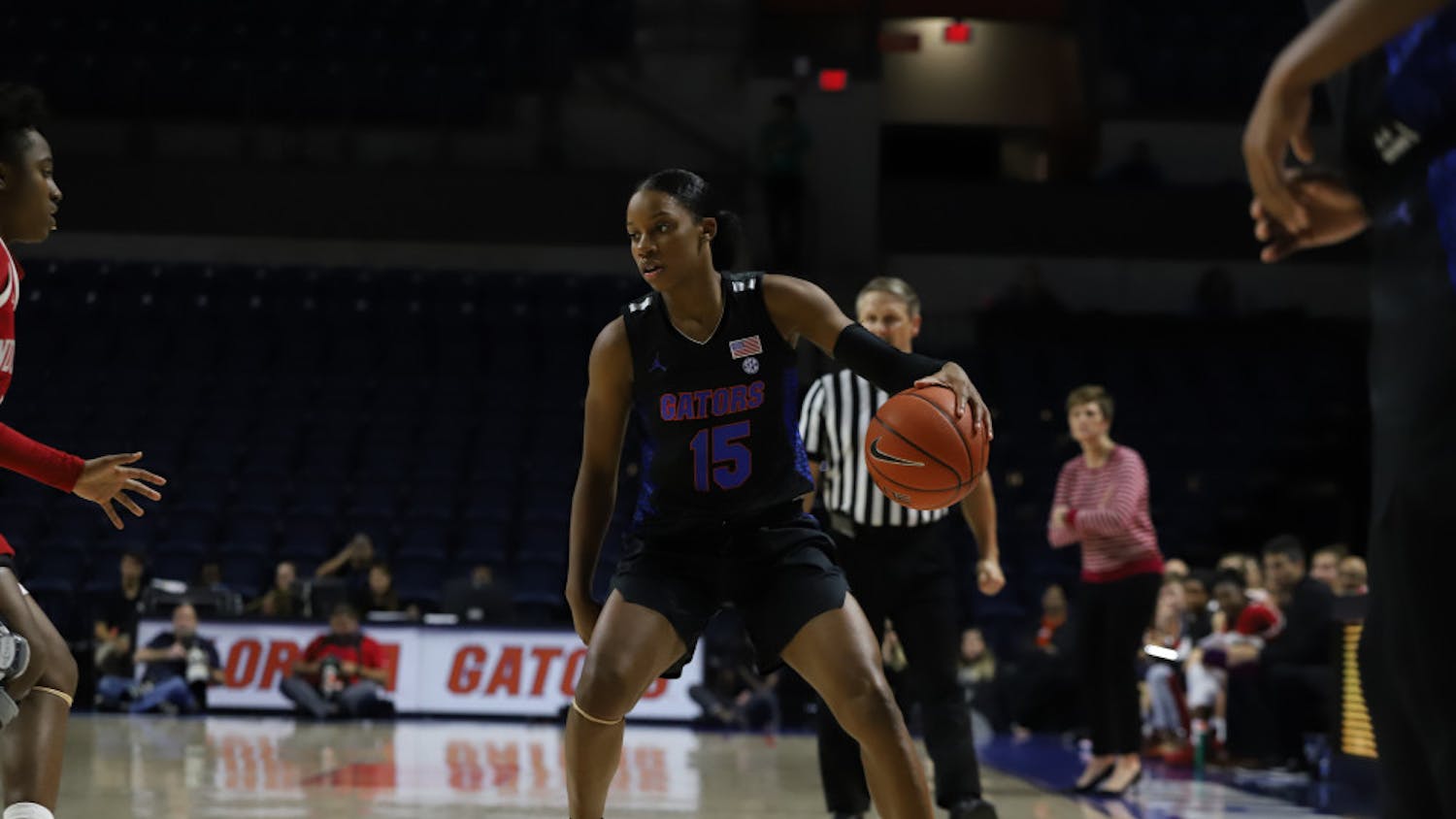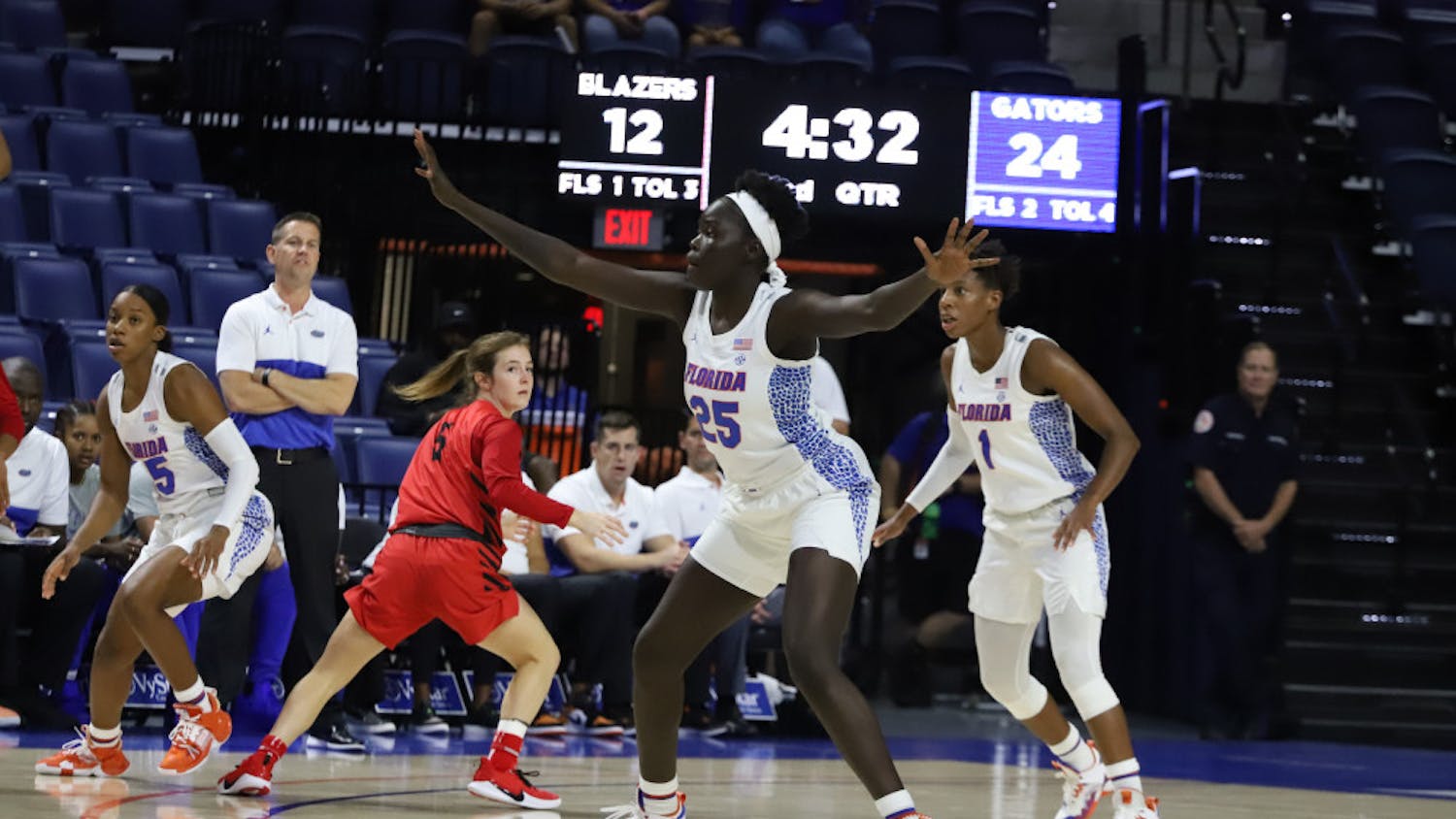NASCAR will never be 100 percent safe.
But after the final-lap crash that sent Austin Dillon’s car into the fence in the wee hours of Monday morning at Daytona International Speedway, the sport needs to be commended for the strides it has made to protect the competitors and spectators.
If you haven’t seen it, Dillon’s No. 3 Chevrolet made contact with Denny Hamlin’s spinning No. 11 car while coming to the checkered flag at the Coke Zero 400.
The collision sent Dillon’s car airborne into the catchfence, which separates the fans from the track.
The car, which was barrel rolling somewhere around 200 MPH, was violently grabbed by the fence, and its momentum was stopped instantly in frightening fashion.
To make matters worse, after the car fell back down to the track and spun to a stop, Dillon was plowed into by the spinning No. 2 car of Brad Keselowski. From my seat in the grandstand right in front of where the sequence took place, the sound of the impact was sickening — like a firing squad shooting in unison.
The event was so severe that, fearing for Dillon’s life, crew members from multiple teams rushed out to the pile of twisted sheet metal to help the driver, despite the fact that there were multiple cars finishing the race at full-speed just feet away from the accident site.
In a best-case scenario, the incident should have left Dillon lying in a hospital bed.
Instead, the 25-year-old walked away from the wreckage moments later with nothing more than bruises.
"I’m shocked that Austin Dillon is even alive," six-time NASCAR Sprint Cup Champion Jimmie Johnson said after the race. "I saw it in the mirror, and man, I expected the worst when I came back around."
Dillon’s lack of injury is nothing short of miraculous, and it is a testament to how far NASCAR has come in regards to safety.
It was at this same track in 2001 where another crash involving the No. 3 Chevrolet occurred, a crash that killed Dale Earnhardt Sr. — one of the most iconic drivers in NASCAR history — on the final lap of the Daytona 500. That fatal crash led to the regulations that saved Dillon’s life Monday morning.
Earnhardt’s death brought about a safety revolution in NASCAR, spanning from mandatory head and neck protection devices, safer walls, a new generation of cars designed specifically for driver safety and countless other improvements.
The journey hasn’t been without pitfalls.
But after every shortcoming that has been discovered, the sport’s governing body has adapted and corrected flaws.
A 2009 crash at Talladega Superspeedway that sent Carl Edwards’ car into the catchfence in similar fashion to Dillon’s wreck resulted in enhanced catchfences, just like the one that kept everything but minor debris from Dillon’s car inside the track at Daytona.
A 2013 Xfinity Series crash that sent Kyle Larson into the catchfence led Daytona officials to move the grandstands further back from the track for fan safety.
And while one fan was briefly hospitalized and a dozen minor injuries were reported after Dillon’s wreck Monday, the number would be much higher had the grandstands been closer to the track.
Even as recently as February, Kyle Busch broke his right leg and left foot in a Xfinity Series crash at Daytona after hitting a wall with no SAFER barrier — a softer wall designed to lessen the force of a car’s impact.
NASCAR took a lot of criticism for the incident, but there is now a new wall with SAFER barrier where that accident took place.
The process is ongoing.
Replacing grass with pavement is the next step to help keep cars on the ground, and it’s something the sport needs to address soon.
But give NASCAR credit.
In an era where concussions and athlete safety are ever-present discussion points, a sport in which drivers race at 200 MPH six inches from their competitors is now as safe as any sport in America.
Austin Dillon (3) goes airborne as he was involved in a multi-car crash on the final lap of the NASCAR Sprint Cup series auto race at Daytona International Speedway in Daytona Beach, Florida.






